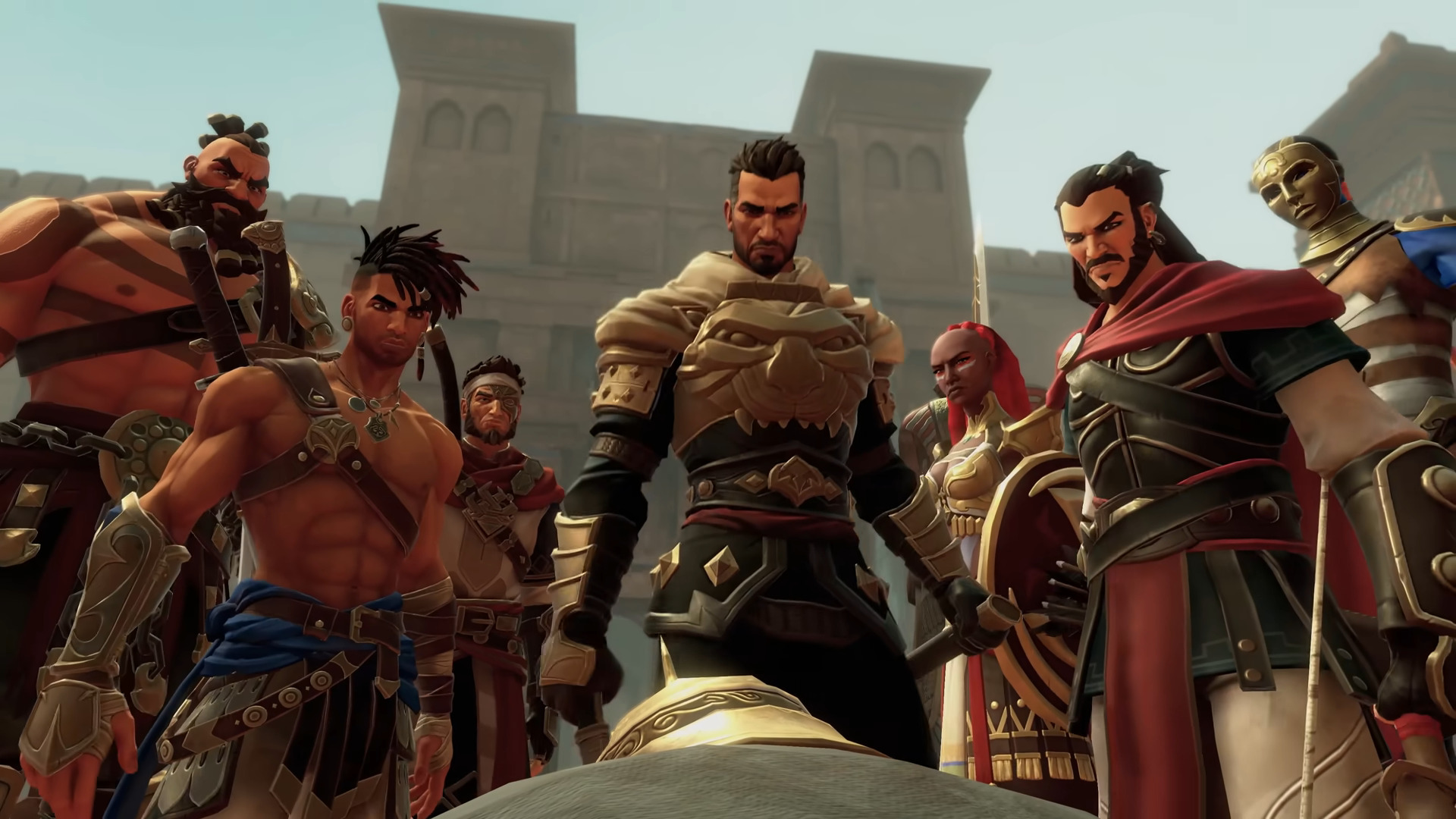
In Prince of Persia: The Sands of Time—arguably the most acclaimed game in the series—the Prince famously chides the player for getting his “story” wrong. “Wait, that’s not how it happened,” the Prince says when you hit a Game Over screen.
Prince of Persia is a series obsessed with the past—literally rewinding the clock. But when it came time to determine Prince of Persia‘s future, Ubisoft sought to make something entirely new: a Metroidvania that nevertheless takes inspiration from the highpoints of the series.
I recently sat down with some of the developers behind Prince of Persia: The Lost Crown, the upcoming revival, which looks to the series’ 2D origins for inspiration—but has a few tricks up its sleeves as well.
Honoring a heritage
As the first entry in the franchise in more than a decade, The Lost Crown has big shoes to fill. This fact isn’t lost on Ubisoft Montpellier Senior Producer Abdelhak Elguess, who says that the team took a lot of inspiration from previous entries in the series—particularly The Sands of Time and the original 1989 Prince of Persia.
“It was important for us to take on the heritage of the brand, and in particular the question of time and acrobatic combat,” says Elguess. “Even in the Deluxe version, there’s a nod to [The Sands of Time sequel] Warrior Within, with a dedicated costume.”
But although The Lost Crown pays tribute to its forebears, Elguess sees it as a new direction for the series. “It’s a new entry that respects the emotions we experience in a Prince of Persia,” says Elguess.
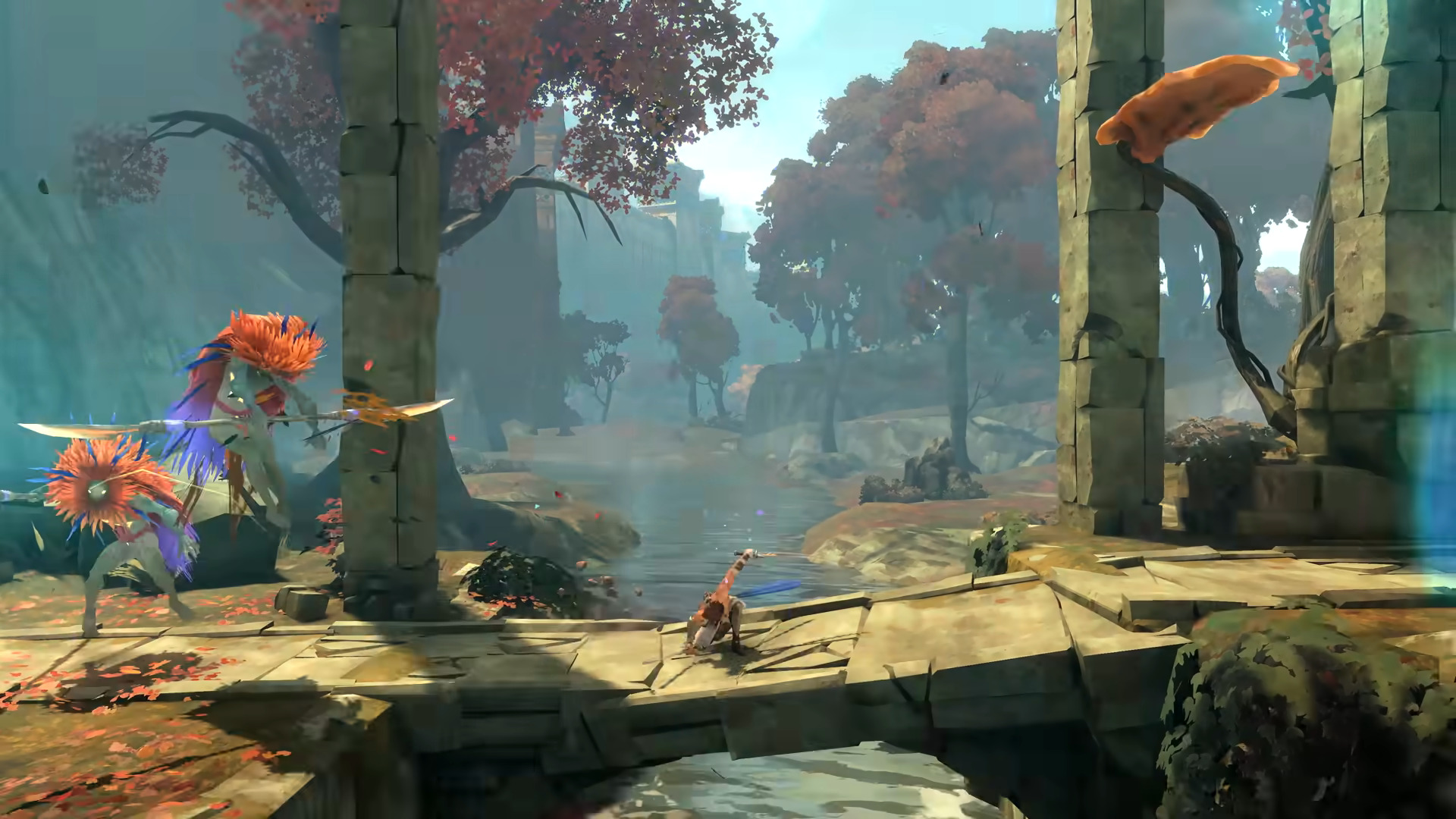
On the surface, The Lost Crown departs from the existing Prince of Persia games in several major ways. For one, it returns to the 2D platformer (with 3D environments and art) roots of the original 1989 Prince of Persia, which was developed by a small team led by series creator Jordan Mechner. Unlike that vaunted classic, however, The Lost Crown adopts the nonlinear exploration and in-depth combat of the Metroidvania subgenre in order to establish its own unique identity.
Elguess calls this shift “a natural fit” for the series. “The 2D camera has an influence on the whole game—combat, platforming, but also exploration,” says Elguess. “The player’s ability to have a very clear reading [on the environment] allows us to have more in-depth platforming sequences for example, with a very good rhythm. This is also the case for the combat. When it comes to exploration, the nested world as well as the map gives players the opportunity to have a sense of immersion and exploration.”
That being said, the Metroidvania style can also present difficulties for developers. Elguess calls it a “complicated genre to develop,” saying that Ubisoft has to respect the player’s autonomy and freedom without allowing them to become lost in the various tendrils of the game map. The team had to make sure the player experiences The Lost Crown‘s story while still allowing them to chart their own course through the game.
A new branch
The original mind behind the series applauds The Lost Crown‘s move towards the modern exploration-focused subgenre. Jordan Mechner says that while the original Castlevania and Metroid released prior to 1989’s Prince of Persia, the term “Metroidvania” didn’t exist until much later.
“At the time, we just called them action-adventure or platform games,” says Mechner. “Genres weren’t so defined then the way they are now. I thought of Prince of Persia as a balance of action, puzzles, and exploration, with a story. So, in that sense, The Lost Crown is respectful of the franchise’s roots.”
Though Mechner acknowledges that many gamers may think of Prince of Persia as a primarily 3D series, he also says that the 2D origins of the series never went away. He often meets people who tell him how they played the original Prince of Persia with their parents or grandparents, or how they shared it with their own children.
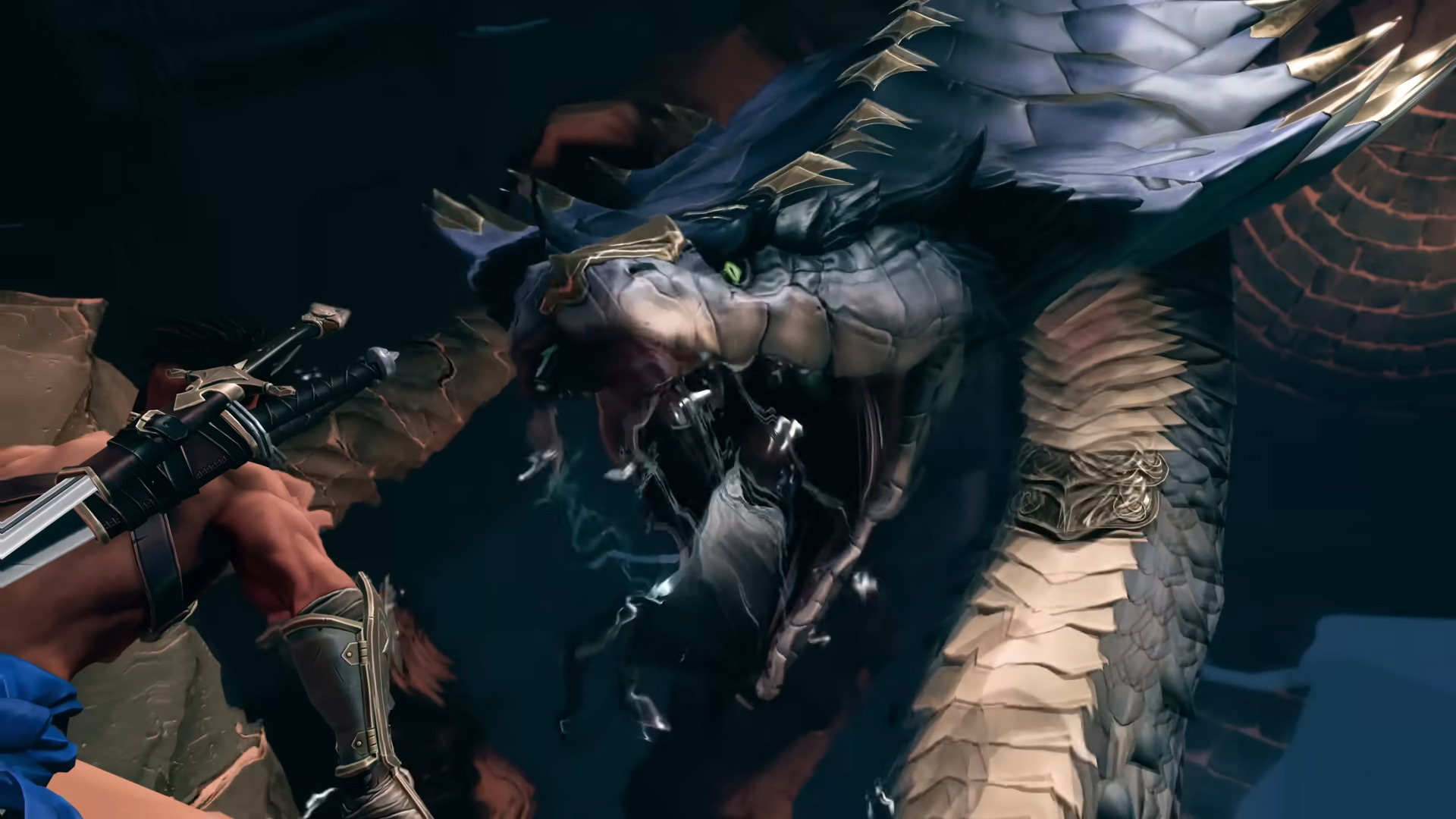
Mechner calls The Lost Crown “a new branch” of the series—one that will introduce Prince of Persia to a new generation of players. He also points out that Ubisoft’s The Sands of Time reboot is currently under development in Montreal, saying “I think gamers’ tastes and ages and styles are diverse enough that the games can complement each other and happily coexist.”
Mechner is not directly involved in the creation of The Lost Crown, but he’s worked with many members of the game’s creative staff on past Prince of Persia projects that didn’t see the light of day. (He discusses those projects at length in his graphic memoir Replay, which will be released in English in 2024.) “I have faith in their talent and dedication to Prince of Persia, and I’ve been rooting for this project from the beginning,” says Mechner.
Rethinking genre
The Metroidvania subgenre has exploded in popularity since the last entry in the series, 2008’s Prince of Persia. With notable hits like Hollow Knight, Bloodstained, and the Ori series, it’s only natural that Ubisoft would draw inspiration from its contemporaries. Elguess calls out Metroid Dread‘s use of 3D as particularly noteworthy, as it gave Ubisoft more confidence in their own use of 3D for The Lost Crown.
On the whole, though, Elguess says that the studio has tried to forge its own path, while acknowledging that cross-game influence is an inevitable part of the development cycle. “You’re bound to be influenced by other games that use this structure,” says Elguess.
“You have to understand them well to be able to bring something unique and new to the players but also to respect certain codes that players expect in this genre,” he continues. “What has always been important for us has been to have our own flavor and give specific tools to players who are not familiar with this genre to make it as accessible as possible. It’s a profoundly modern genre that respects the player’s intelligence and should be known to as many people as possible.”
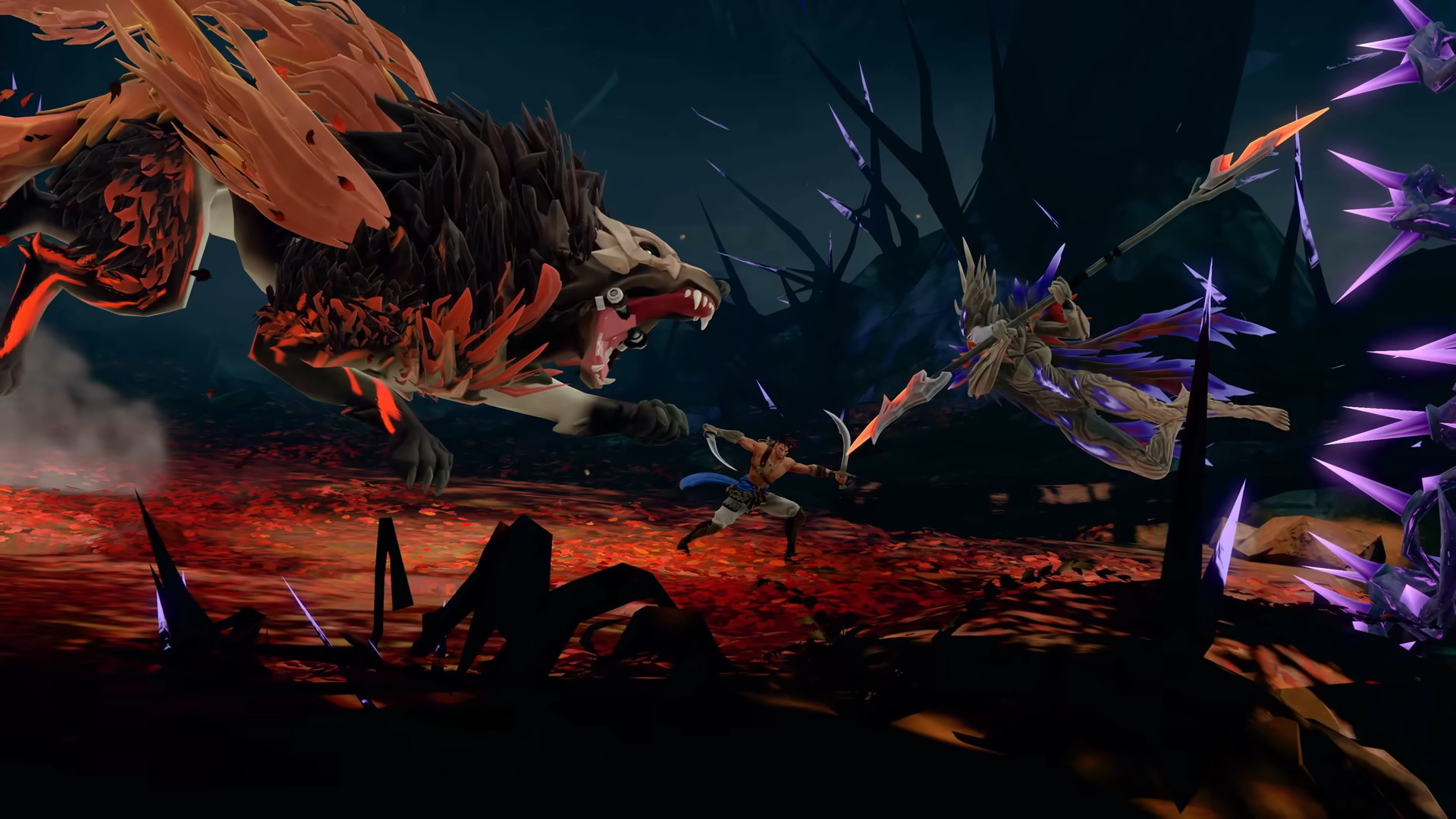
In terms of raw combat, Ubisoft wanted to ensure that The Lost Crown‘s 2D sword fights would have the same intensity and mechanical depth that players associate with great contemporary 3D games. As Mechner puts it, fluid controls and animation have been a key part of Prince of Persia‘s identity from the start, along with “a sense of rhythm and fusion with the character through the controller.” Elguess says that the team wants players to get a sense of that very early on in The Lost Crown.
“As soon as you are in the epic action of a fight against a manticore, the 2D camera no longer matters. You are in the moment, attentive to the movements of the enemy and diving into Persian mythology,” Elguess continues. “We wanted to capture the emotions we experienced in The Sands of Time or the original Prince of Persia and transcribe them in a more modern way, and the 2D camera is not an obstacle. Playing the demo or the game, players are immersed.”
When asked about the specific approach that Ubisoft used to achieve those goals, Game Director Mounir Radi pointed to the world of fighting games as a source of inspiration. “The combat system [in The Lost Crown] is inspired by the philosophy behind modern fighting games, especially ones like Street Fighter or the Smash Bros. series,” says Radi. “The approach for those games is to give players a limited arsenal in which each tool has a specific function. The depth comes from the combination between each tool rather than their execution.”
A ticking clock
Prince of Persia has always featured time travel and manipulation as one of its signature elements, from The Sands of Time‘s rewind mechanic to the ticking clock of the 1989 original.
The Lost Crown puts a fresh spin on this concept in the form of abilities tied to the character Simurgh. These abilities enable protagonist Sargon to play with time and space—for example, the Shadow of Simurgh allows you to place a shadowy version of Sargon at a certain spot, and then return to it with the press of a button. The Lost Crown also features “temporal anomalies” that have an interesting effect on Sargon.
“The difference [in The Lost Crown] is that the player is always in control,” says Elguess. “This gives them opportunities to play around and strategize.”
Another key aspect of The Lost Crown is its adoption of real-life Persian mythology for both its story and aesthetics. The series sprinkled in such mythology in the past to augment its One Thousand And One Nights-inspired setting, but Mechner notes that The Lost Crown features more direct references, such as the Phoenix-like mythological bird Simurgh and Mount Qaf, the homeland of the invisible and cunning jinn. As for aesthetics, Elguess says that Ubisoft’s artists worked to reinterpret calligraphy in the context of The Lost Crown‘s anime and manga-inspired art-style.
As far as what’s next for Prince of Persia after The Lost Crown, both Mechner and Ubisoft are mum on the details.
For his part, Mechner notes that there’s a lot of desire for the original Prince of Persia to be easier to play on modern platforms, and he believes “almost all of the pieces are in place” for something to happen in that area. He points to the recent Digital Eclipse project The Making of Karateka (another classic game he directed) as a prime example of game preservation and says he would love Prince of Persia to get a similar treatment if possible. And, of course, he’s excited for the The Sands of Time remake to release when it’s ready.
Prince of Persia: The Lost Crown will release on the Epic Games Store on January 18, 2024.
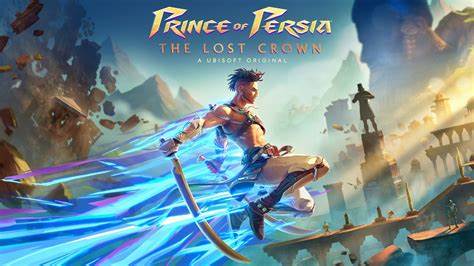


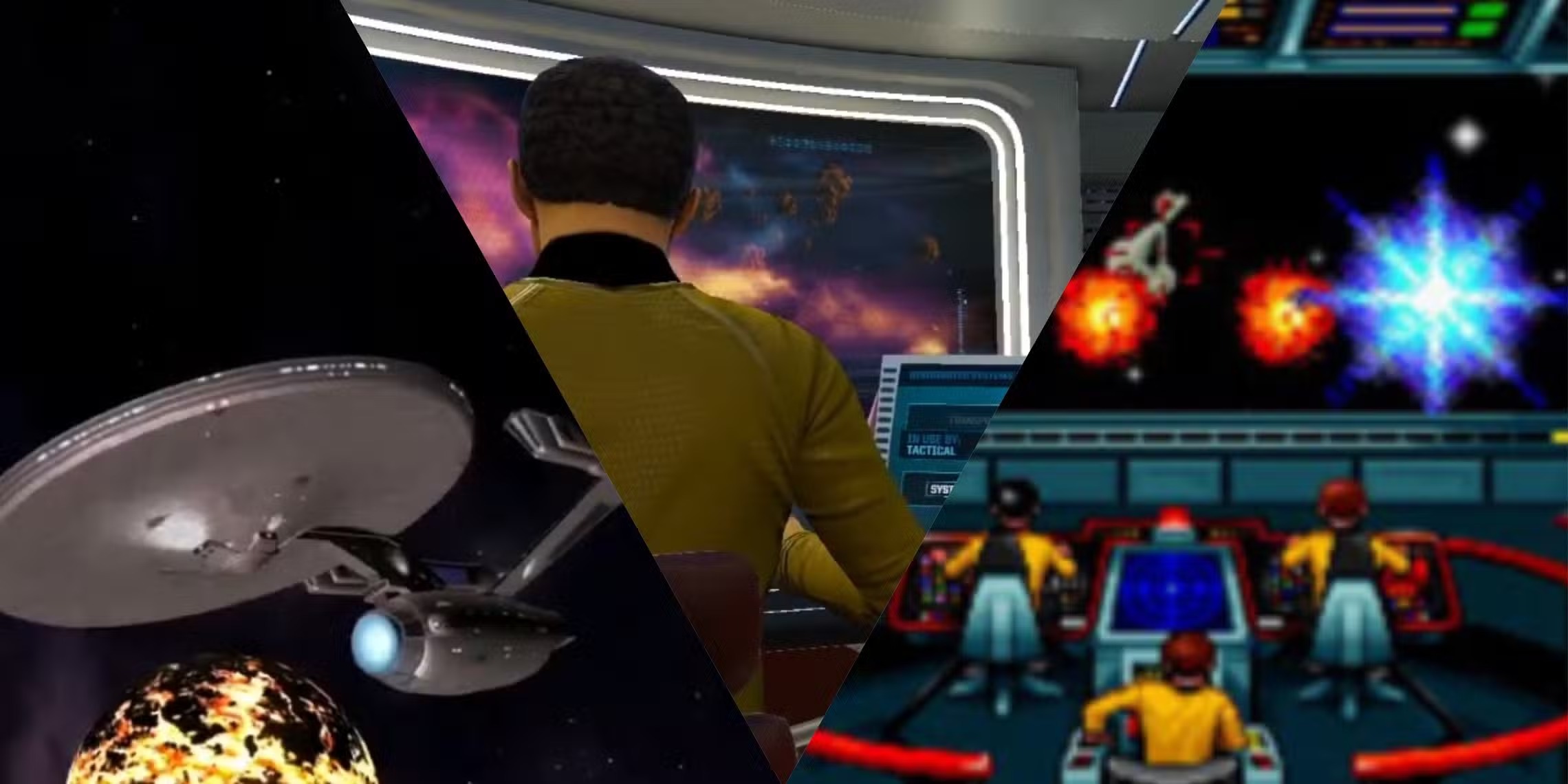


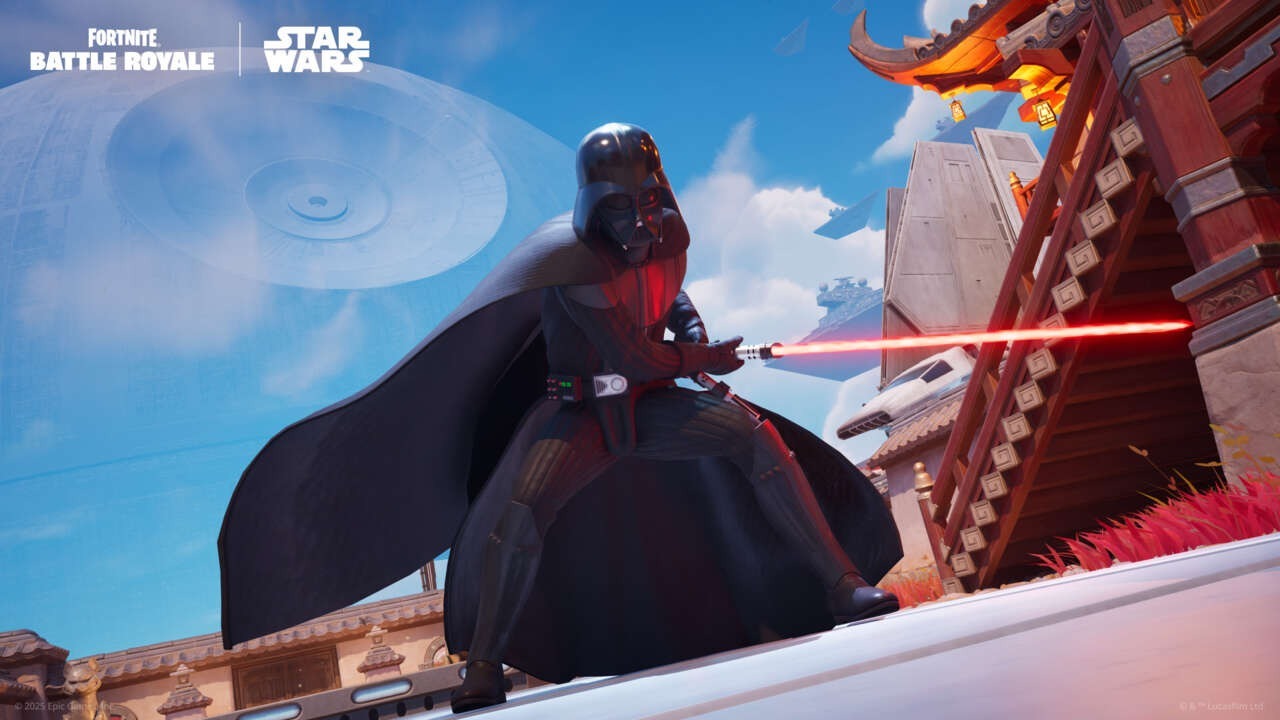
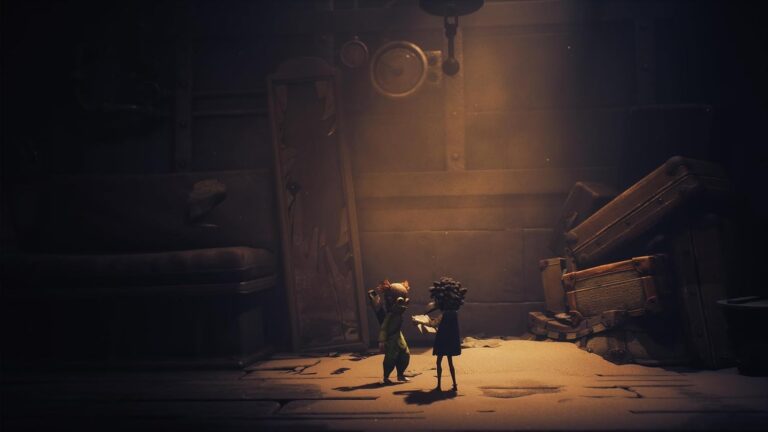
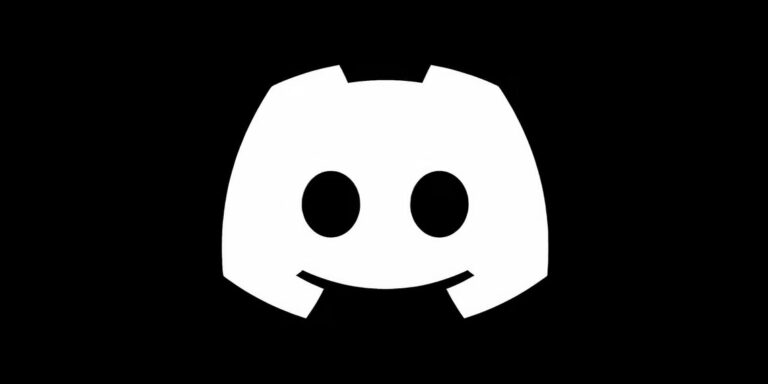
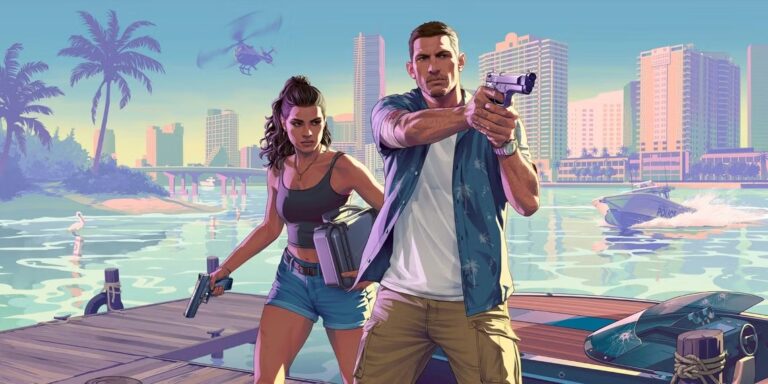
This is the first time I’ve heard of Metroidvania, though at the time both games were considered to be side scrolling platform games.
Not unlike side scrolling shooters like Castle Shikiagami. Though I guess now I have to play the Prince of Persia games. I didn’t before on the PS2.
Would love to get your take on the new game once you play it.